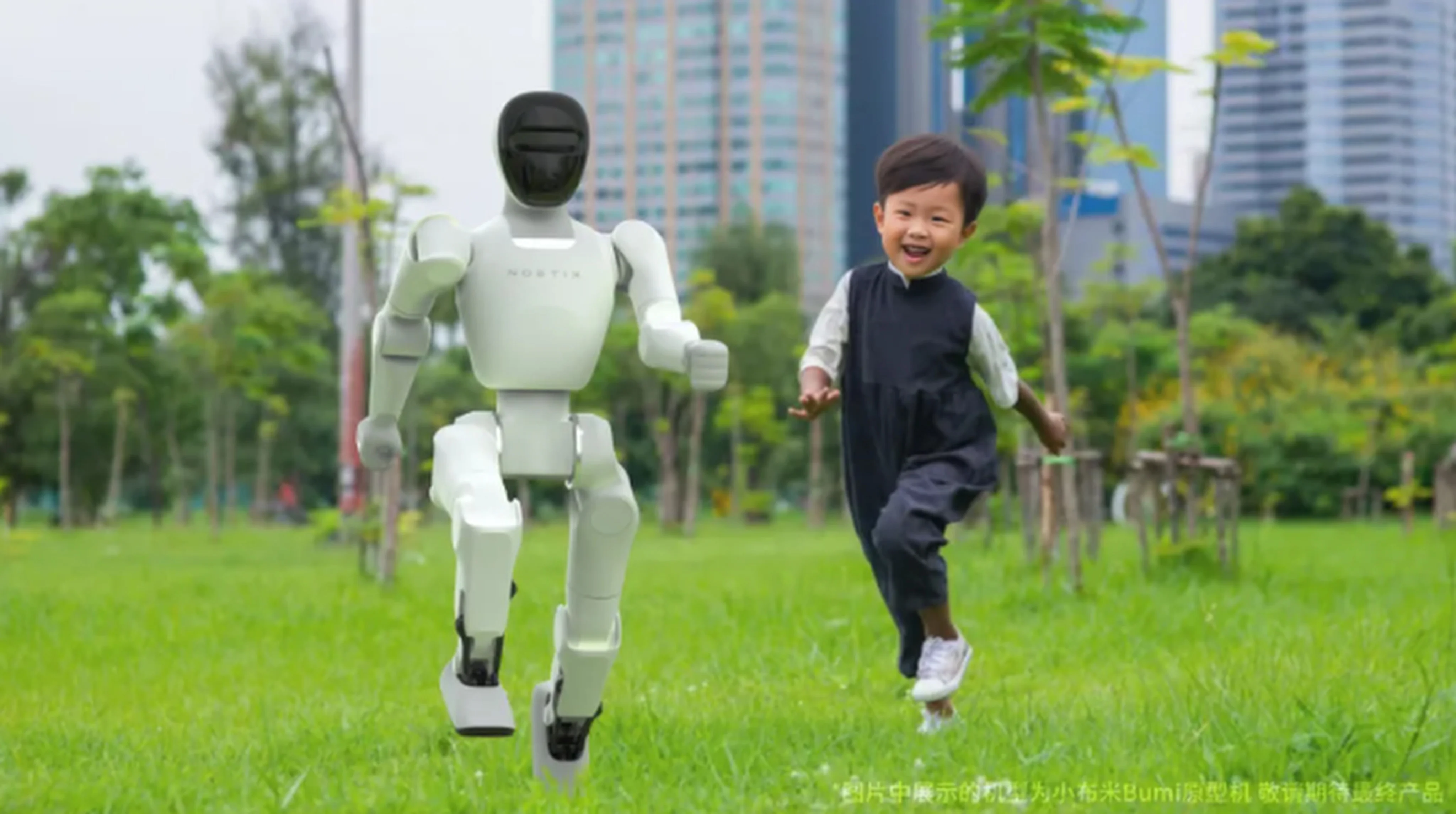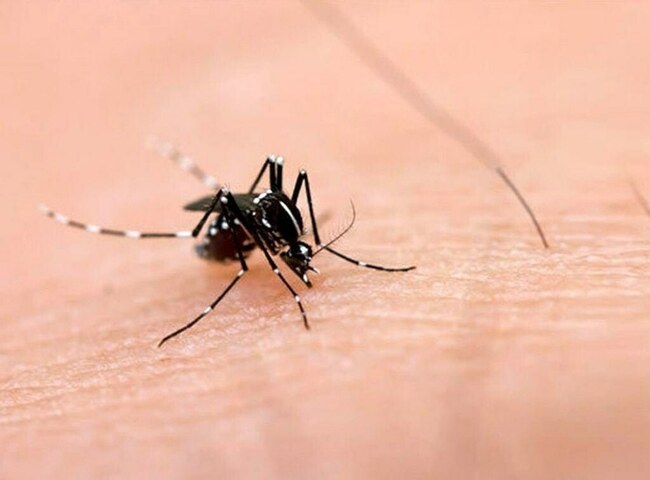Copyright scmp

A wave of humanoid robot launches in China this year has shaken up the market with eye-catching low prices – though some industry insiders warn the trend might not be financially attainable and could be driven more by hype and capital than by genuine technological progress. Beijing-based Noetix Robotics launched presales for its child-sized humanoid Bumi last week, selling more than 200 units at 9,998 yuan (US$1,408) each within the first three hours. Five hundred units were sold in the first two days, according to the company. Marketed as the world’s first “high-performance humanoid under 10,000 yuan”, Bumi stands at 94cm (37 inches) tall, weighs about 12kg (26.5 pounds) and is seen by some as proof that affordable robots are entering the consumer market. Noetix founder Jiang Zheyuan told reporters at a recent domestic media event that nearly all components were developed in-house, slashing costs. But profit margins are “indeed quite low”, he admitted to reporters. The company operates a multi-factory production system, with its Beijing facility capable of delivering over 200 units per month. A new plant in Changzhou, Jiangsu province is expected to produce 300 units per month by December, while a third facility in the works could add another 500 units per month. This would bring Noetix’s total capacity to more than 1,000 robots per month, the company said. Noetix has also completed a nearly 300 million yuan (US$42.3 million) pre-B financing round to support mass production. Humanoid robots have become a new battleground as major economies like China and the United States compete for global technological supremacy, with Chinese companies racing to develop cheaper, consumer-friendly models and produce them at scale. Beijing-based Booster Robotics launched its Booster K1 last week – a 95cm (37.4 inches) tall humanoid weighing about 19.5 kilograms (43 pounds) – with the first batch of 100 units priced at 29,900 yuan. In April, Noetix’s high-performance N2 model went on sale, priced from 39,900 yuan and capable of performing backflips – a major benchmark for a unit's autonomy and dexterity. Around the same time, Shenzhen-based Engine AI launched its SA01 humanoid on e-commerce platform JD.com for 42,000 yuan. Unitree Robotics also introduced its R1 in late July, priced at about 39,000 yuan – roughly 60 per cent less than its 99,000 yuan G1 model launched last year. By comparison, humanoid robots are far more costly in the US. Elon Musk has said Tesla’s robots could cost between US$20,000 and US$30,000 once full-scale production is reached, while Agility Robotics’ Digit humanoid initially sold for about US$250,000. Despite the clear price advantage of certain Chinese models, many industry insiders have cast doubt on some pricing strategies. He Liang, founder of a humanoid robot maker based in Jiangsu province, said some companies were burning money to impress investors before going public. “They’ve found a good niche – targeting family education and household use – which may make sense for companies trying to pave the way for IPOs,” he said. “But for us, we have to choose our battles and stay focused on real products for tourism and industrial clients.” Wang Lei, chairman of Shanghai Qingbao Engine Robot, said many companies were probably not making money right now. Instead, they were “scaling up, driving volume and pushing for an IPO as soon as possible”, he said. “The prices are simply too low, so the gross margin is low. Once you factor in other costs, it’s questionable whether they profit at all. That’s why you can’t fight a price war in robotics – a price war would only kill yourself,” he said. “If no one makes a profit, it will be hard to survive in the industry.” His company’s robots are priced at about 200,000 yuan, generating tens of millions of yuan in revenue this year. Industry insiders said few companies would adopt a similar low-cost strategy. “The real players are all focused on industrial applications, aiming to build billion-yuan businesses in the years ahead,” according to He. Noetix did not immediately respond to the Post’s requests for comment. Xu Xuecheng, lead scientist at the Zhejiang Humanoid Robot Innovation Center, noted that the business-to-business market has been largely insulated from the hype, as “corporate clients have a clear understanding of the real capabilities of different robots”. With consumer-facing models still incapable of performing complex tasks for senior care or household services, it remains too early to judge whether humanoid robots have truly entered the consumer market, industry insiders said. Xu added that the models are “too limited in function to be considered real [consumer-facing] humanoids, yet still too expensive to be seen as toys.” Noetix’s Bumi model is designed to bring emotional value by accompanying children, teaching them programming or helping them learn English, Jiang told reporters. The humanoid rental market, meanwhile, has seen a dramatic correction in recent months. The daily leasing fee for Unitree’s G1 humanoid, as high as 20,000 yuan at the beginning of the year, has plunged to about 3,000 to 4,000 yuan on some second-hand platforms.



